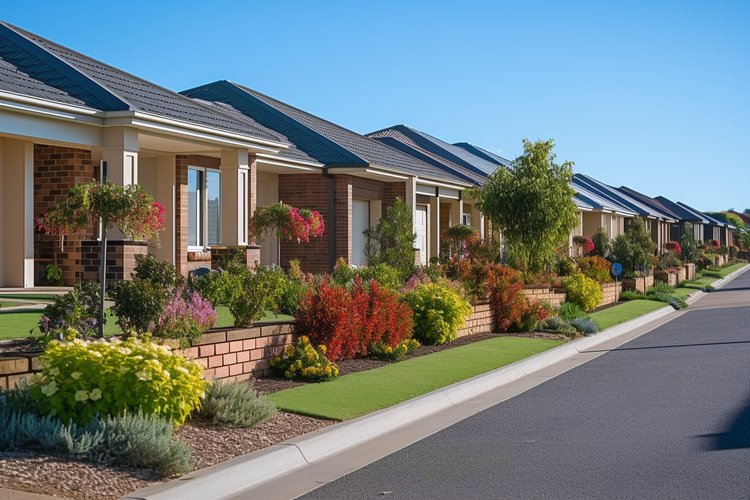Breaking Down the Pros and Cons of Investing in Mixed-Use Real Estate
In the dynamic world of real estate, mixed-use properties have emerged as a distinctive asset class. Offering a blend of residential, commercial, and sometimes even industrial spaces, these properties have unique benefits and challenges. Whether you're a seasoned investor or a beginner, understanding the intricacies of mixed-use real estate can open new avenues for investment.

The Concept of Mixed-Use Real Estate
Mixed-use real estate signifies a blend of various property types within a single development. Typically, these properties combine residential, commercial, and sometimes industrial units in a unified setting, aimed at creating a self-sustaining micro-community. This concept isn’t new – traditional urban cityscapes often featured residences above storefronts. However, today’s mixed-use properties have evolved significantly, incorporating modern amenities, sustainable design, and a focus on community living.
Advantages of Investing in Mixed-Use Real Estate
Mixed-use properties offer several advantages to investors. First, they provide diversified income streams. With different types of tenants – residential, retail, and commercial – investors aren’t overly reliant on a single source of income. This can reduce risk and increase financial stability.
Secondly, mixed-use properties often enjoy high occupancy rates. The synergy created by a mixture of living, working, and leisure spaces attracts a wide range of tenants. This can result in stable, long-term rental income.
Additionally, mixed-use properties often enhance the sense of community, making them attractive to tenants and thus, potentially boosting property values.
Challenges of Investing in Mixed-Use Real Estate
Despite the potential benefits, investing in mixed-use real estate isn’t without its challenges. Firstly, these properties can be expensive to purchase and maintain due to their size and complexity. The varied uses may require different types of maintenance, increasing management costs.
Secondly, mixed-use properties may face zoning and legal complexities. Investors need to navigate local zoning laws and may need to deal with multiple lease agreements.
Lastly, while diversification can be a strength, it can also be a challenge. If one sector of the economy struggles, it may impact tenants from that sector, affecting rental income.
The Market Outlook for Mixed-Use Real Estate
The future of mixed-use real estate looks promising, despite the challenges. Urbanization, a shift towards walkable communities, and the desire for convenience are driving demand for these properties. Moreover, the post-pandemic world may see increased demand for mixed-use properties as they offer a balance of live-work-play environments.
Conclusion
Investing in mixed-use real estate offers a unique opportunity to diversify property portfolios and potentially enhance returns. While the challenges are real, with proper due diligence and market understanding, investors can mitigate risks and unlock the potential of this dynamic real estate segment.
In the ever-evolving world of real estate, it’s crucial to stay abreast of emerging trends and opportunities. Mixed-use properties, with their blend of benefits and challenges, offer an interesting avenue for exploration for proactive investors.




